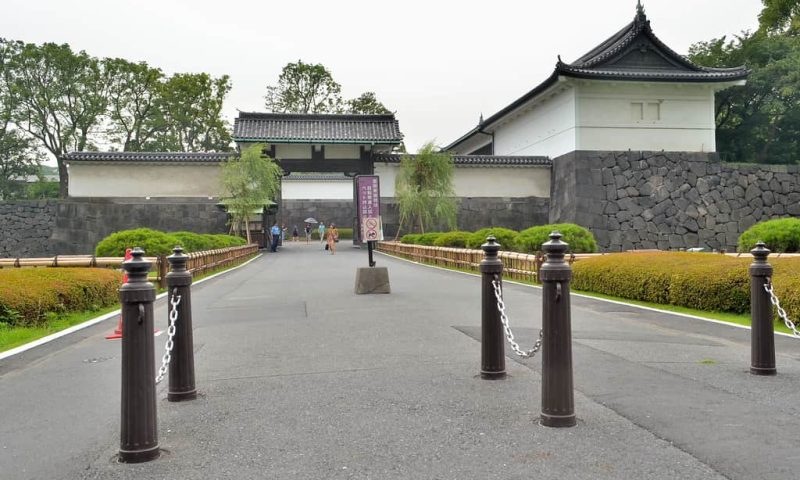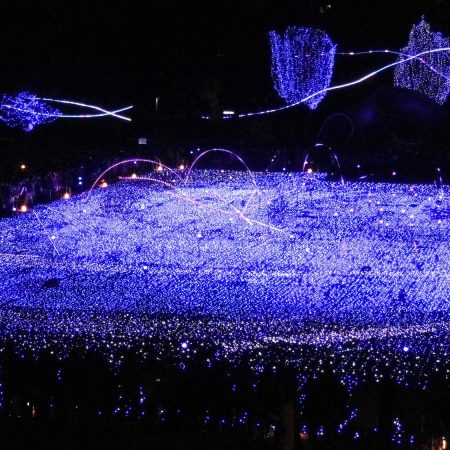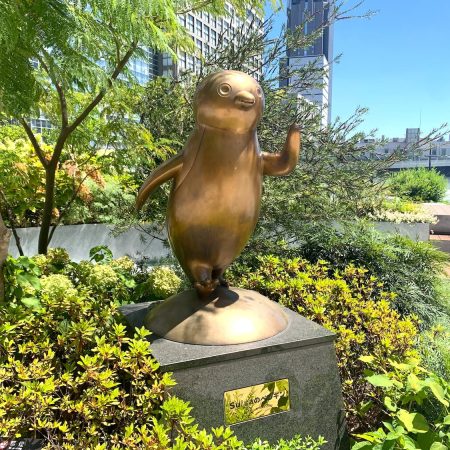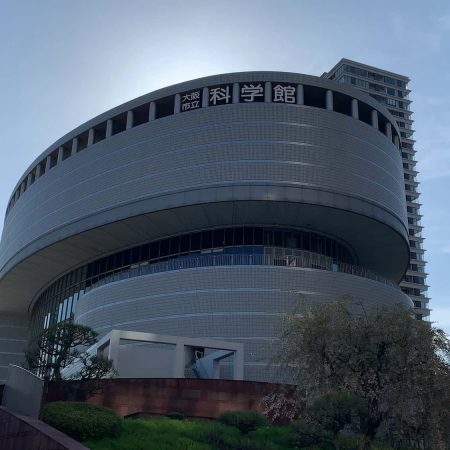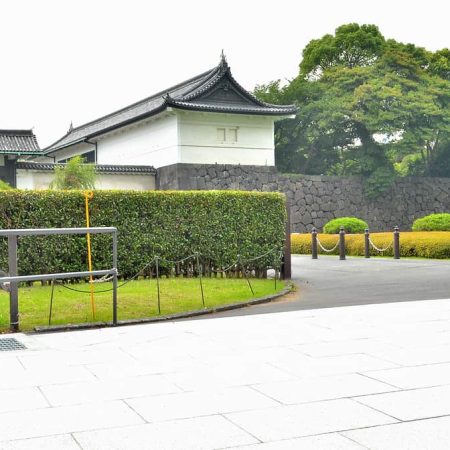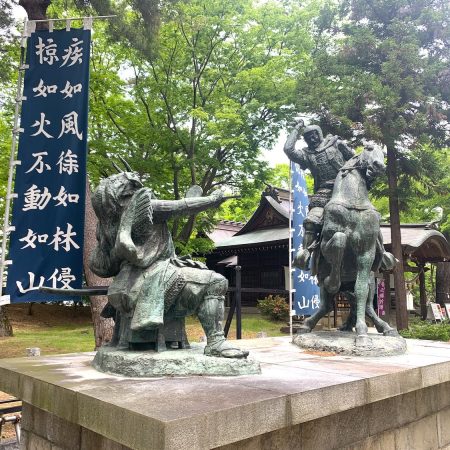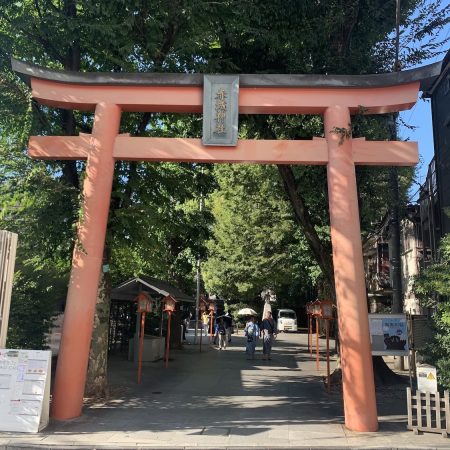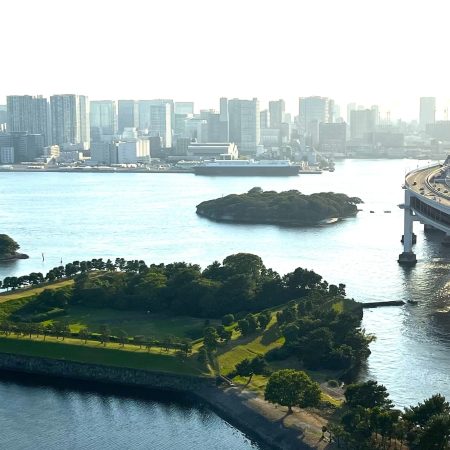A Striking and Significant Portal to Japan’s Past Known for Its Resilience and Restoration
The grand Otemon Gate of the old Edo Castle, ensconced by the bustling city of Edo, is a striking edifice. This impressive gate, characterized by a square-shaped turret situated on a stone mound and an earth-paved bridge, was built with the aim of heavy security and functioned as the most significant entrance to Japanese castles.
Upon passing through the gate, visitors enter a square, enclosed area referred to as a “masugata.” This unique design, prevalent in many of the gates of the Edo Castle, served a dual purpose – to deter enemies from directly entering the castle and to serve as a gathering place for troops during attacks. The encompassing white walls, fitted with “hazama” or holes for firing guns, added an extra layer of defense.
However, the Otemon Gate is of special significance – it served as the primary gateway to the Edo Castle, utilized by daimyos during their alternate attendance (sankin kotai) for New Year’s or monthly ceremonies. It serves as a poignant reminder of the past and the grandeur of the castle and the city it once stood in.
Although many of the gates of the Edo Castle were of this design, the Otemon Gate remains a testament to the skill and expertise of the builders who constructed it. It is not simply a gate but a portal to the past, providing a glimpse into a bygone era when the castle functioned as the center of power and politics in Japan.
The Ote-mon Gate has borne witness to numerous historical events, including the assassination of the chief minister of the shogunate and the surrender of the shogunate to the imperial forces. Despite being ravaged by fire several times, the present-day Ote-mon Gate of Edo Castle, dating back to 1967, still stands tall at the site of the Tokyo Imperial Palace, where the emperor of Japan resides. It has been designated an Important Cultural Property of Japan and is a significant symbol of resilience and restoration.
Visitors can stroll through the Ote-mon Gate to view the ruins of Edo Castle, peruse the Museum of the Imperial Collections, and appreciate the beauty of the East Imperial Gardens. This attraction is a popular destination for tourists seeking to learn more about Japan’s past and immerse themselves in its rich cultural heritage.
To access the Ote-mon Gate, visitors can take a train to Tokyo Station or Otemachi Station and walk for approximately 15 minutes along Uchibori dori. Alternatively, they can take a bus to the Otemon bus stop, located directly in front of the gate. Admission is free, and the gate is open from 9:00 am to 4:30 pm (5:00 pm from mid-April to August), except on Mondays and Fridays.

